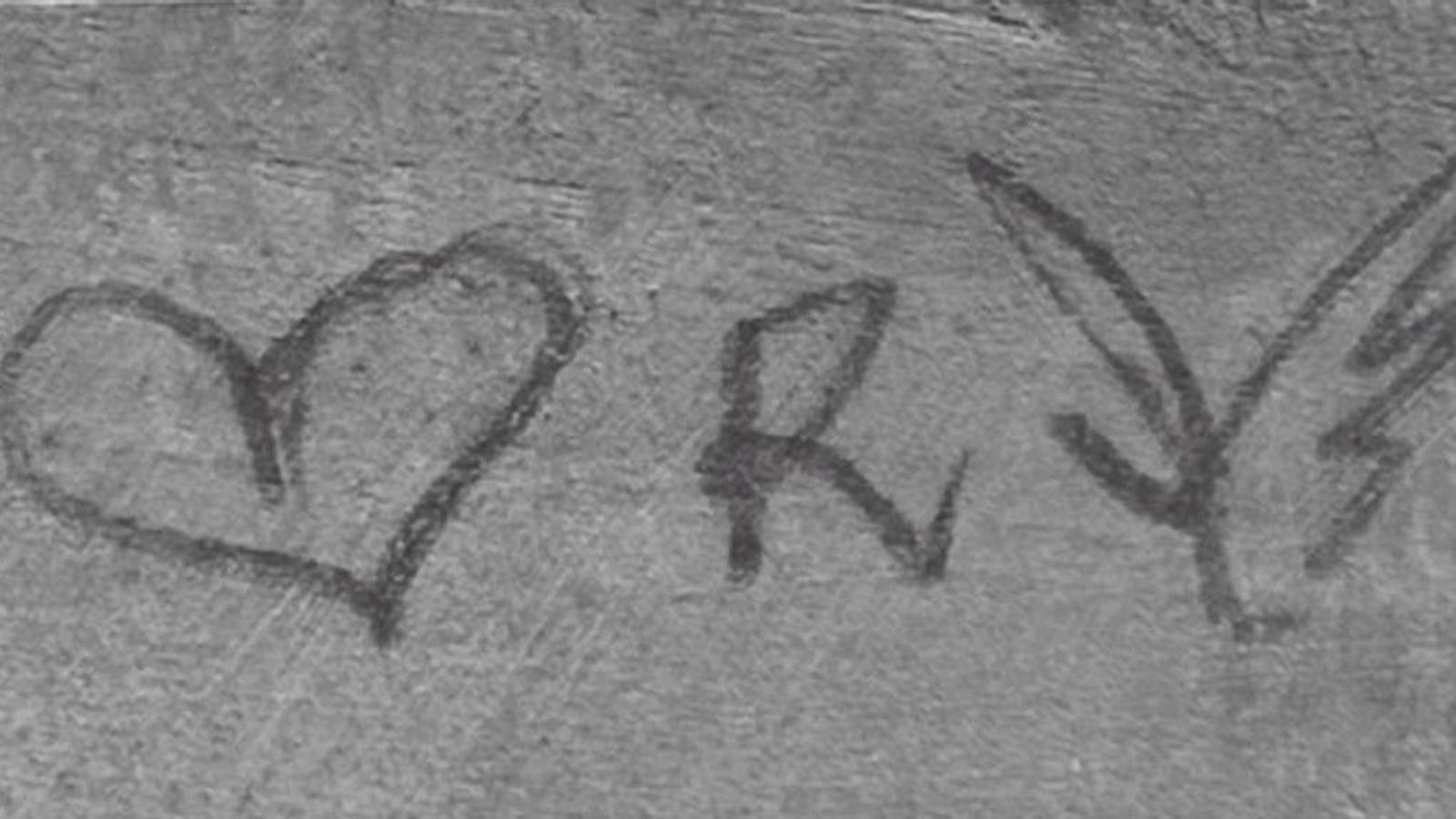A hieroglyph hidden among the keys: the enigma of the Planas family piano


My aunt died last February. She married in May 1964 and for a few years dedicated herself to giving piano lessons to boys and girls who wanted to begin to familiarize themselves with the instrument. The family obligations that everyone expected women of her generation to fulfill forced her to abandon the job she loved so much, but music continued to be a source of enjoyment for her, even when the dementia caused by Alzheimer's was already very severe. Over the years, and because of the disease, the piano fell silent. Now, my daughter has inherited her piano. They even played together, four hands. A video recorded with her phone has immortalized that moment.
The jolt the piano suffered during the move, a very well-maintained old Maristany, has revealed stories hidden between the keys. And not in a metaphorical sense, but literally. Just lifting the front cover, next to the last theA small handwritten note from my aunt appeared. Under my daughter's name, she'd written the titles of the two pieces they'd played, probably thinking I wouldn't forget. The chocolate maker and Smiles and tears puts on the piece of paper. Do-re-mi, the song that, in the film, Sister Maria uses to teach Captain Von Trapp's children how to sing. That memory demonstrated the importance that moment had had for her.
The upright piano, thanks to the diligence of some experienced workers, emerged belly up from a fourth-floor balcony and traveled more than a hundred kilometers. After spending a few weeks in its new home, a tuner visited it. "Find a good expert who not only knows how to tune new pianos, but also understands antique pianos," they advised me. And the algorithms led me to meet Jordi Marco Collell, the third generation of piano tuners and repairers at Collell Afinadores. Beyond the academic demands of the job, Jordi grew up around pianos and learned the trade from his grandfather and mother. She is still active, but Jordi takes over the business. The utmost formality and sensitivity of someone with knowledge that goes beyond technique. He treats the piano with the same wisdom that the best doctors apply to their patients. It's not just a matter of ear, but also knowing how to treat the instrument. An Elton John piano and an Alicia Keys piano have passed through his hands. Jordi, seeing the interest his work aroused, invited us to check the first key of my aunt's piano because, in the past, the first tuner would sign the wood. Beyond the code written in pencil that identified the instrument, we discovered three more interesting facts. First, the name of my grandfather, who was revealed as the buyer: "Mr. Planas." Later, the date of purchase: "5/64." We understood, then, that this piano was a wedding gift that my grandfather Juan—who also played the piano—had given to his daughter, Maria Mercè, my aunt. And, finally, an unprecedented combination. The first tuner signed with a hieroglyphific. A heart, a capital R, and wings. Corrales! Jordi, well-versed in the lineages of the trade, confirmed the solution. "Of course, at Corrales!" A quick internet search is all it takes to discover that the company, Corrales Pianos, is also continuing into its fourth generation. Considering the piano's age, it was probably Raimon Corrales, the founder's son, who, with playful discretion, left his mark with that charming enigma.
Instruments, even if they have been silent for years, retain the trace of the people who have touched them, and beyond making music, they tell us little stories we didn't know before.
